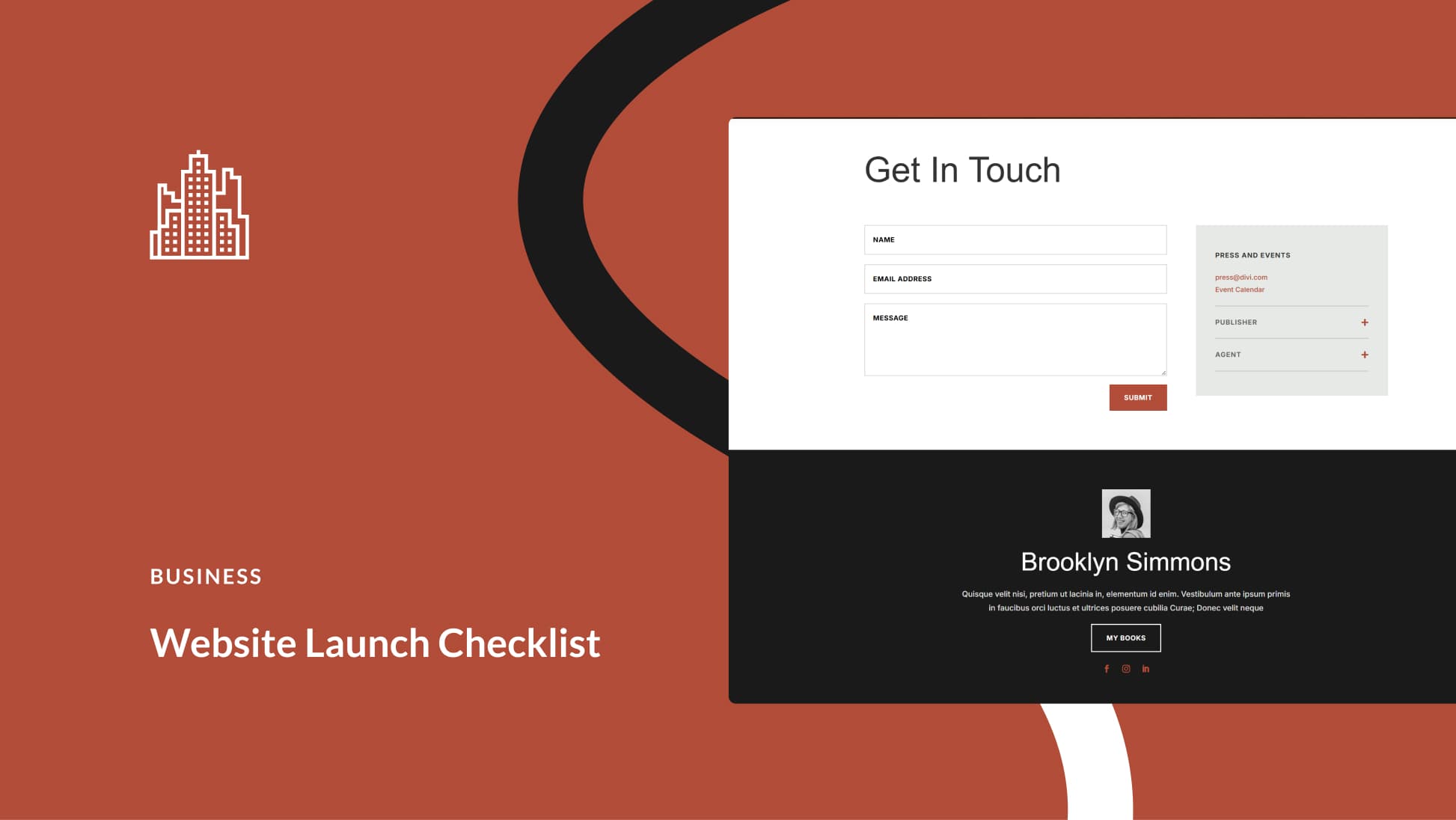I’m a lifelong worrier, and some of my earliest memories from childhood are of my mom saying, “You’ll be okay. Practice your deep breathing.” I wasn’t a particularly anxious kid, and even though I have my brushes with anxiety (it feels like bees buzzing in my chest) and panic attacks, I’m not a particularly anxious adult, either. Freelancing is a high-stress job, though, and I often find myself using the basic deep breathing my mom taught me all those years ago.
I know what it feels like when you’re in a spin and can’t seem to pay attention to what you need or want to do. Deep breathing may not be the cure for serious anxiety issues (although it can definitely be part of treatment), but it can help with day-to-day energy spikes and slumps that you want to even out. Whether you practice them regularly or only when you’re in desperate need of serenity, breathing exercises can be calming, energizing or sometimes both.
6 Breathing Exercises to Try
Some breathing exercises sound like..well…breathing. In, out. That’s it. And other breathing exercises are so complicated that I’m pretty sure none of us are going to remember the steps if you’re angry, worried or about to quit your job on a whim. Instead, I’ve rounded up some easy-to-remember, simple-to-practice breathing exercises that’ll get the job done so you can go back to living your life without wanting to punch a wall.
1. 4-7-8 or Relaxing Breath
This is my favorite breathing exercise, and I use it almost-daily if anything is frustrating me or if I’m excited about something and need to chill out to focus. It has a lovely tranquilizing effect that can quickly turn your mood around. My friend David taught it to me, and I’m eternally grateful, especially because you can do it anywhere without anyone noticing. Here’s how to do it:
- Set the tip of your tongue against the back of your top front teeth. You’ll keep your tongue there throughout the exercise – the breath you inhale and exhale will sort of wrap about your tongue.
- Exhale through your mouth so that you make a “whoosh” sound. The sound part is important – David’s walked me through this exercise a few times on the phone, and he’ll actually say, “Why don’t I hear you? I should hear you exhale.”
- Close your mouth and inhale through your nose for the count of 4.
- Hold your breath for the count of 7.
- Exhale through your mouth, making that “whoosh,” for the count of 8.
- Repeat the cycle 3 times.
The time you spend on each breath doesn’t matter as much as the ratio – exhalation should take 2x as long as inhalation. I like to count slowly and I do a total of 10 cycles, which almost always does the trick. If you can’t remember the 4-7-8 count (the mind can go remarkably blank when you’re stressed), do a super easy alternative by inhaling slowly, counting along the way, and then exhaling for twice as long.
2. Abdominal Breathing
The Abdominal Breathing technique is great if you have to quickly relax before a stressful event, like a meeting with your boss or a presentation at a conference. It’s essentially good ol’ fashioned breathing, but with one caveat – you want your diaphragm, not your chest, to inflate as you inhale. Take 6-10 slow, deep breaths per minute and aim for a total of 10 minutes. To make sure you’re doing it right, but one hand on your chest and the other on your stomach – just your stomach should move.
3. Alternate Nostril Breathing
If it’s crunch time and you’re under a deadline or you need to focus ASAP for a client meeting, take a minute or two for Alternate Nostril Breathing. Press your right thumb over your right nostril to close it off. Take a deep breath in through your left nostril. At the peak of the inhale, take your thumb off your right nostril, close off the left nostril with your ring finger, and exhale through the right nostril. Go back and forth to continue the pattern.
4. Bellows Breath or Stimulating Breath
The goal of Bellows Breath is to increase alertness and energy and make you feel invigorated after. You’ll want to go somewhere private since this one’s a little noisy. Here’s how to do it:
- Keep your mouth closed and relaxed.
- Inhale and exhale rapidly through your nose (not your mouth).
- Breaths should be short and equal in duration.
- Aim for 3 inhale-exhale cycles per second, then breathe normally for a couple of seconds.
- Repeat the cycles for a total of 15 seconds.
- Every time you do Bellows Breathing, increase the time by 5 seconds until you reach 1 minute.
When I do this, it almost feels like a breathing exercise version of exposure therapy – the aggressive breathing and expenditure of energy forces you to be calm afterward.
5. Equal Breathing
Equal Breathing will calm down your nervous system, eliminate stress and improve your focus. Everything you’ll do is through the nose – no inhaling or exhaling through the mouth. Inhale for the count of 4, then exhale for the count of 4. Work your way up to a count of 6-8.
6. Progressive Relaxation
I’m not super prone to anxiety, but I do get restless leg pretty bad, especially when I’m somewhere I shouldn’t be fidgeting. Progressive relaxation is a life-saver when I need to channel that energy somewhere. Close your eyes and focus on tensing and then relaxing each muscle in your body, working from head to toe. As you tense and relax your muscles, breath in through the nose and out through the mouth. For each muscle group, tense while counting to 5, then release while exhaling.
Honorable Mention: Forward Bend Pose and Deep Breathing
If you’re feeling achy and stiff from sitting behind a desk all day, this crazy-easy yoga pose, combined with slow, deep breaths, feels fantastic, and it couldn’t be easier to do. A lot of yoga sessions end with this because it’s a safe way to get out of a pose and back to standing position.
- Stand up, bend your knees slightly and bend forward at the waist. Let your arms dangle in front of you.
- Take a few deep breaths and just hang there for 15 seconds or so.
- Slowly roll your body up into a standing position, focusing on your breathing the whole time.
- As you roll your neck up and pick your head up, push your shoulders back a bit.
Bonus Tip
Quickie breathing exercises not cutting it? If you’re going to book a massage for maximum relaxation after work, there’s a way to breathe through it: as the massage therapist applies extra pressure, especially if they’re trying to work out a knot, exhale as they push and then inhale as they ease up. They’ll have an easier time working on you and your body won’t tense as it takes impact.
The Guided Meditations I Use
Years ago, before I became a Paleo devotee, I hired a nutritionist who also helped with other areas of well-being, and she taught me how to meditate. I’m not talking about intense meditation at a Buddhist temple (although I’ve done that), but fast, 5-minute, easy-to-get-into visualizations that set the tone for the day or get me focused if my stress or anxiety levels spike. While this type of meditation is personalized, I can help you create your own happy place like I created mine:
- Go somewhere quiet where you can sit down comfortably and close your eyes for a little while without feeling self-conscious.
- Think of a place where you always feel happy and at peace. It should be somewhere soothing, not somewhere that makes you giddy and jittery with excitement. I have two – a beach in Lauderdale-by-the-Sea and the movie theater I’ve gone to my whole life.
- Flesh out the details. Where are you sitting? How are you dressed? Who is around you? What do you see, smell and hear? The more details you can paint now, the easier it will be to get right into the meditation later. For example, I always sit in the same spot in my mental movie theater – in the front row of the back section, a little off-center from the middle, and the theater is empty and dim.
- Breathe deeply and slowly, and time your breathing with something happening in the scene. When I’m on the beach, the waves come and go as I inhale and exhale. When I’m in the theater, the screen changes colors, a new color after every exhale or two. Sometimes I blend the scenes and have the sky change color.
- If something happens in the real world, work it into the visual – it’ll help keep you focused and breathing. For example, if birds chirp outside, I picture birds in the sky over the water.
- To start, meditate for five minutes. Soon, that five minutes won’t feel so long and you’ll be tempted to go for longer.
Headspace App
When I don’t trust myself to get in the zone, I rely on the Headspace app. There are all types of sessions to choose from dependent on why you need to breathe deeply right now, but I personally like the quick, guided sessions that get me feeling more in control in under 10 minutes.
Wrapping Up
The next time you feel like you can’t get energized for your day or you have too much energy because of something that’s upsetting or thrilling, pull one of these breathing exercises out of your back pocket. Feel free to tweak it however you need to. The point is to get yourself balanced and at peace, not to follow the directions perfectly. Also, I give you permission to steal one of my meditation visualizations for yourself – that movie theater one is as effective as it is simple.
Want to connect with your cool, calm and collected side even more? Check out our article about meditation for beginners.









nicely explained, lindsay. i especially appreciate the examples of when you might use a particular technique.
Thanks Dawn! Good luck with them! They’re magic for me 🙂
I bet there are a LOT of website designers who would benefit from these tips comes the end of a busy week lol!!! Personally we really like the headspace app as well. It does areally good job
I love Headspace! Thanks for the comment, Allan 🙂